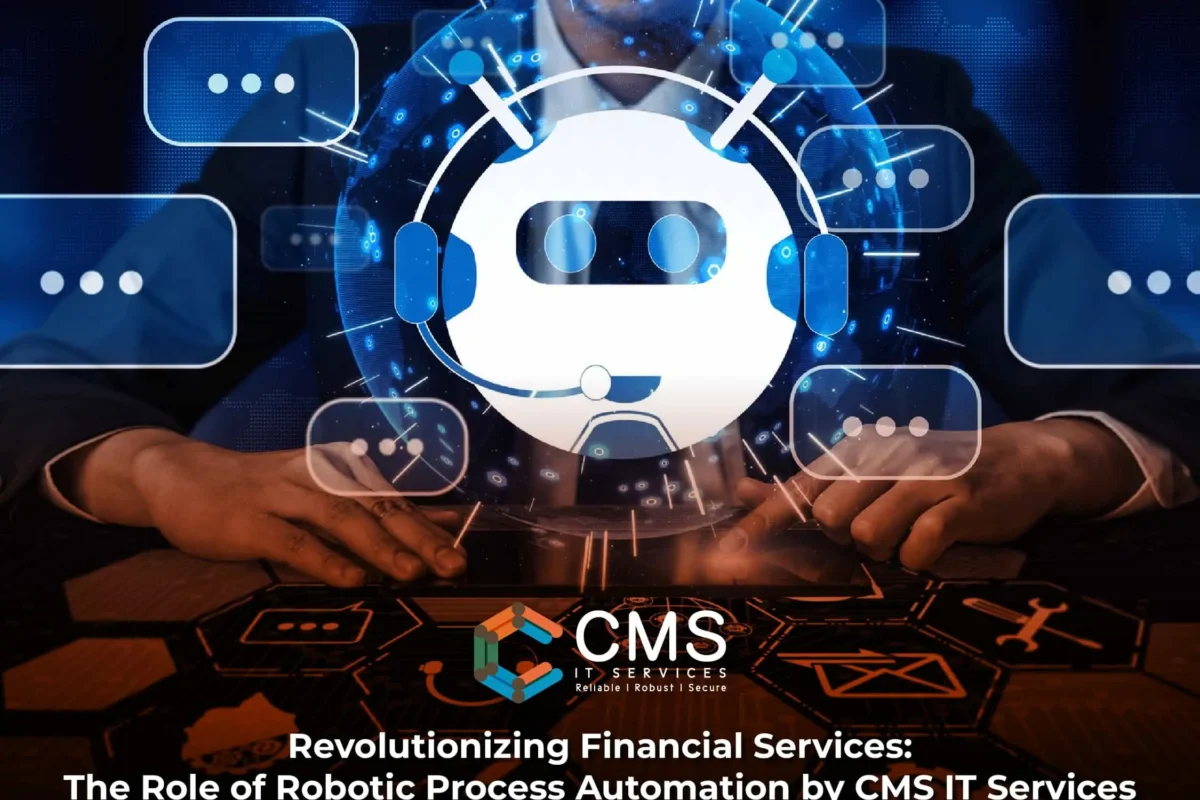In the rapidly evolving digital landscape, businesses must continually adapt and innovate to maintain a competitive edge. At CMS IT Services, we are dedicated to providing top-tier network management and intelligent automation solutions that empower organizations to thrive. As the Practice Head for Automation & Managed Services, I am excited to share how our intelligent process automation services and network automation solutions are revolutionizing the industry.
Elevating Efficiency with Network Automation Solutions
Effective network management is crucial for any organization aiming to maintain seamless operations and robust security. Traditional manual approaches to network management are often inefficient and prone to errors, leading to downtime and increased operational costs. At CMS IT Services, we leverage cutting-edge network automation solutions to address these challenges.
Our network automation solutions offer automated configuration management, continuous monitoring, and proactive issue resolution. By utilizing advanced technologies, we ensure that networks are always optimized for performance and reliability. This not only reduces the risk of downtime but also enhances the overall efficiency of IT operations. With our solutions, businesses can scale their networks effortlessly and respond swiftly to changing demands, ensuring they remain competitive in today’s fast-paced market.
Transforming Operations with Intelligent Process Automation Services
Intelligent automation is reshaping the business landscape, enabling organizations to streamline operations and achieve greater efficiency. At CMS IT Services, our intelligent process automation services integrate robotic process automation (RPA) with artificial intelligence (AI) to deliver comprehensive automation solutions.
Robotic process automation focuses on automating repetitive, rule-based tasks, allowing human resources to concentrate on more strategic activities. Our RPA solutions are designed to seamlessly integrate with existing systems, providing a smooth transition to automated processes. This results in significant cost savings, improved accuracy, and faster turnaround times.
Beyond task automation, our intelligent process automation services utilize AI-driven analytics to provide deeper insights into business processes. This enables organizations to identify bottlenecks, optimize workflows, and implement data-driven improvements. By adopting a holistic approach to automation, we help businesses enhance their operational efficiency, improve customer experiences, and drive sustainable growth.
A Commitment to Excellence
At CMS IT Services, our commitment to excellence and innovation sets us apart as a leading service provider in network management and intelligent automation. Our team of experts works closely with clients to understand their unique challenges and develop customized solutions that deliver measurable results.
By partnering with CMS IT Services, organizations gain access to state-of-the-art technologies and industry-leading expertise. Our comprehensive network automation solutions and intelligent process automation services are designed to future-proof businesses, ensuring they stay ahead in an increasingly competitive landscape.
Conclusion
As we navigate the complexities of the digital age, the need for efficient network management and intelligent automation has never been greater. At CMS IT Services, we are proud to lead the way, providing innovative solutions that empower businesses to achieve their full potential. By embracing our network automation solutions and intelligent process automation services, organizations can unlock new levels of efficiency, agility, and growth. Join us on this journey to transform your business and stay ahead of the curve.




